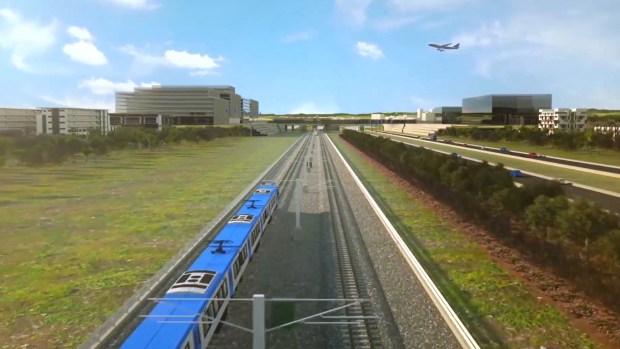The total costs of natural disasters in Australia are forecast to more than double in real terms to $39 billion per year by 2050, according to the latest annual report by the Australian Business Roundtable for Disaster Resilience and Safer Communities.
The report, ‘Building Resilience to Natural Disasters in our States and Territories’, was prepared by Deloitte Access Economics. It examines the costs of natural disasters in each state and territory over the last decade and the estimated costs to 2050.
The report found the total economic cost of natural disasters in Australia over the ten years to 2016 averaged $18.2 billion per year, equivalent to 1.2 percent of average Gross Domestic Product. In real terms, the total economic cost of natural disasters is forecast to grow by 3.4 percent a year, which means it will double by 2038 and reach $39 billion annually by 2050.
More than nine million Australians have been impacted by a natural disaster or extreme weather event over the last 30 years. IAG Managing Director and CEO Peter Harmer, a member of the Roundtable, said the report also examines the role of state, territory and local governments, and how they can effectively build resilience in communities, along with other jurisdictions, businesses and not-for-profit organisations.
“We all have a role in ensuring that we are as best prepared as we can be to manage and minimise the impact of natural disasters, led by all levels of government in collaboration with communities, businesses and the not-for-profit sector,” Mr Harmer said. “State and territory governments play a major role in how a community responds to natural disasters.
“As well as emergency management and disaster recovery, they influence prevention and preparedness through data collection and provision, infrastructure and land use planning, building codes and community initiatives. They are critical to developing coordinated strategies for disaster mitigation and building resilience in communities.”
Australian Red Cross CEO Judy Slatyer said the report found that resilience investment results in a ‘double dividend’ – the many additional benefits beyond the financial bottom line. “Natural disasters have a deep social impact on individuals and communities that can last for years,” she said.
“Relatively small investments now in things such as community education, emergency kits, and encouraging connected and strong communities is the best way to helping people and communities recover faster which reduces the personal and economic costs of disasters.
“If resilience projects become embedded in all relevant areas of government planning and policy, we’d see an increase in jobs and community confidence that would drive a strong economy.”
The report outlines that each state and territory faces different natural hazards which impact the total cost of natural disasters in their jurisdiction, as well as which tools will best build and foster resilience.
For example, over the past decade Queensland has borne the brunt of natural disaster costs in Australia, with natural disaster events in the state comprising 60 percent of the nation’s total costs.
The report makes recommendations on how states can use their existing areas of responsibility to address the current barriers to building resilience. The report says collaboration is important in addressing the national challenge of the increasing costs of natural disasters, across all levels of government, as well as with the private sector, not-for-profits and communities
As part of the Roundtable’s commitment to helping to address this challenge, it has called on all levels of government to work with it to co-design a framework to prioritise and assess the most effective resilience projects and locations.
“Roundtable members are united in their commitment to work with governments to find solutions to build more resilient communities and a safer Australia,” says the report.
To build greater resilience to natural disasters in our states and territories, the Business Roundtable recommends:
- Embed resilience across all aspects of policy and decision-making.
- Prioritise resilience investments by considering their broader economic and social benefits.
- Improve understanding of disaster risks, costs to society and resilience-building activities to improve resilience.
- Collaborate and coordinate to build resilience and address the long-term costs of natural disasters.
The Australian Business Roundtable for Disaster Resilience and Safer Communities was formed in 2012 to help Australia handle extreme weather events. The Roundtable was formed by the CEOs of Australian Red Cross, Insurance Australia Group, Investa Property Group, Munich Re, Optus and Westpac Group.
The report is available here.
Comment below to have your say on this story.
If you have a news story or tip-off, get in touch at editorial@governmentnews.com.au.
Sign up to the Government News newsletter

